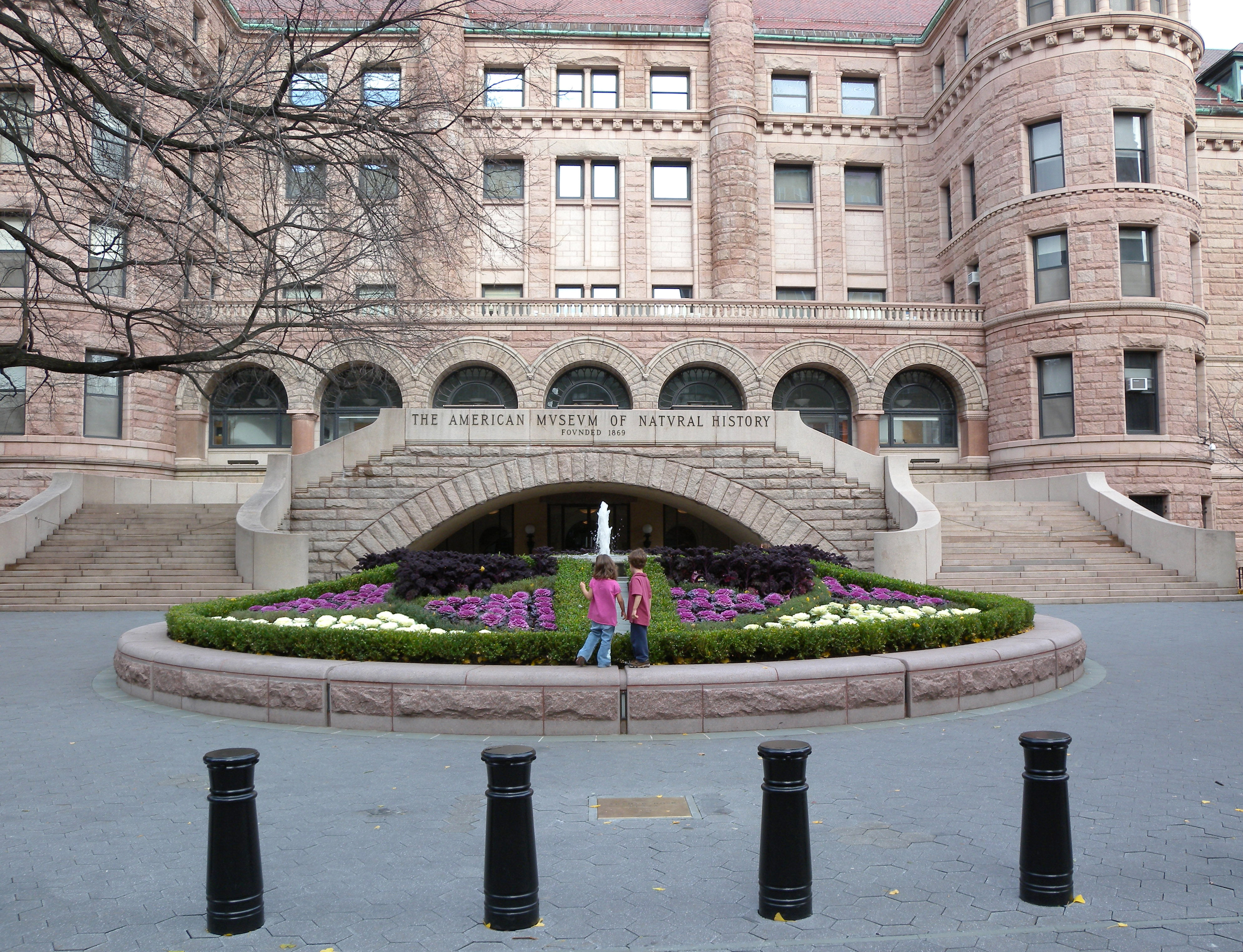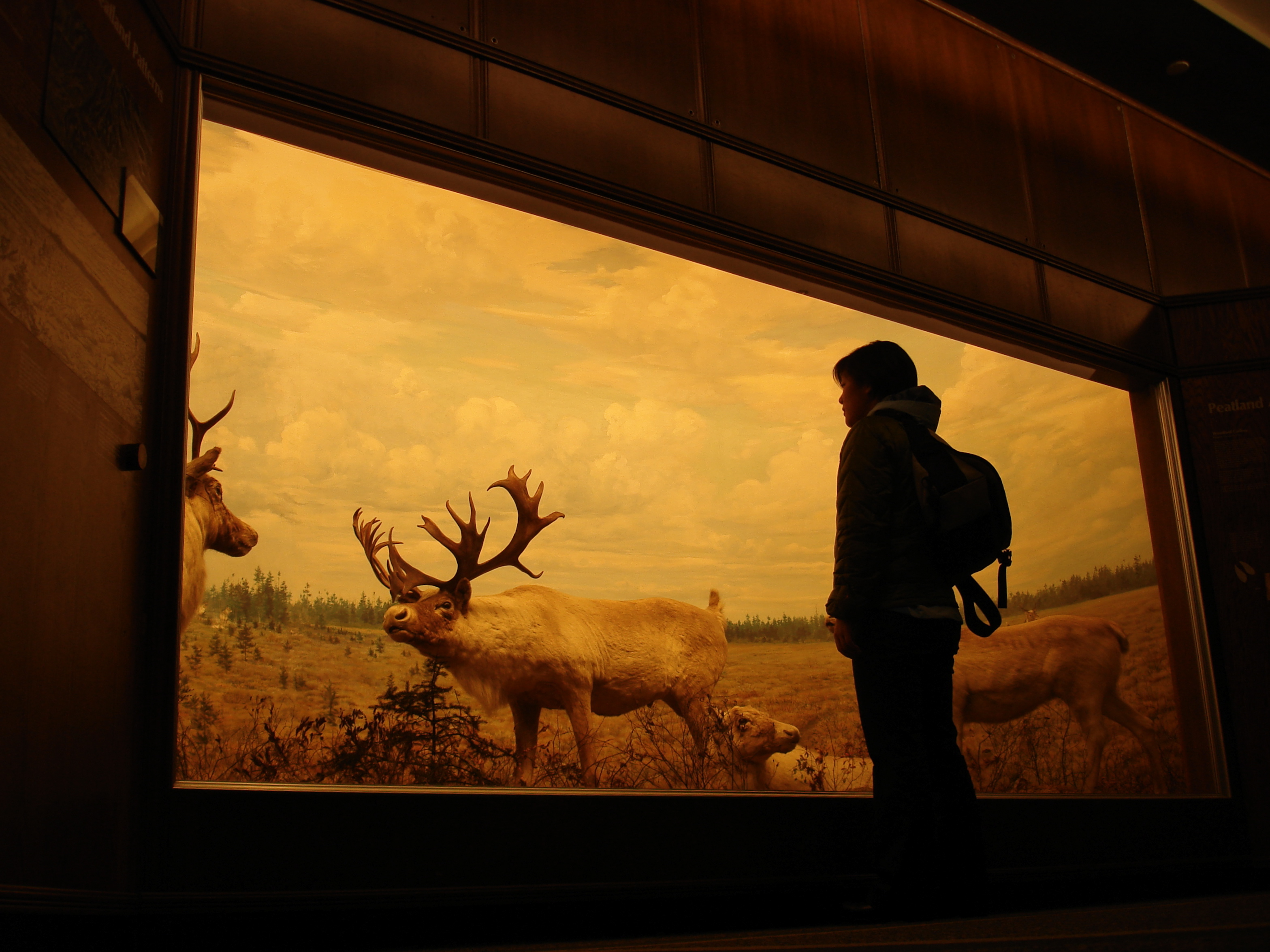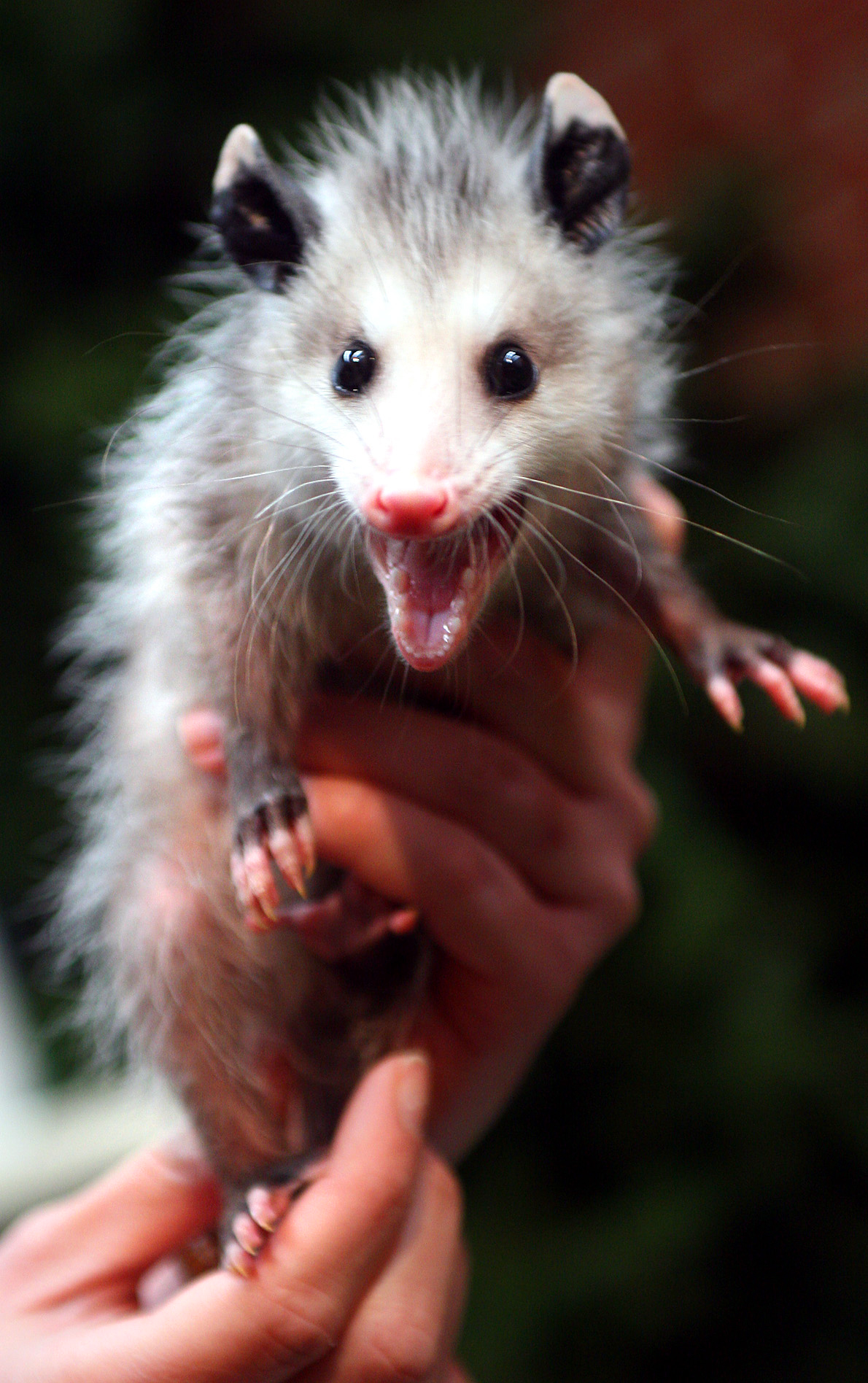|
Adler’s Mouse Opossum
The Adler's mouse opossum (''Marmosa adleri'') is a species of opossum in the '' Marmosa'' genus in the family '' Didelphidae''. Discovery and naming The name Adler's mouse opossum was named after Greg Adler, a biologist at the University of Wisconsin–Oshkosh The Adler's mouse opossum was discovered in 2021 by a team of researchers from the American Museum of Natural History, Siena College and the Bell Museum at the University of Minnesota The University of Minnesota Twin Cities (historically known as University of Minnesota) is a public university, public Land-grant university, land-grant research university in the Minneapolis–Saint Paul, Twin Cities of Minneapolis and Saint .... References Opossums Mammals described in 2021 Vertebrates of Panama Marsupials of Central America {{Marsupial-stub ... [...More Info...] [...Related Items...] OR: [Wikipedia] [Google] [Baidu] |
Opossum
Opossums () are members of the marsupial order Didelphimorphia () endemic to the Americas. The largest order of marsupials in the Western Hemisphere, it comprises 126 species in 18 genera. Opossums originated in South America and entered North America in the Great American Interchange following the connection of North and South America in the late Cenozoic. The Virginia opossum is the only species found in the United States and Canada. It is often simply referred to as an opossum; in North America, it is commonly referred to as a possum (; sometimes rendered as ''possum'' in written form to indicate the dropped "o"). The Australasian arboreal marsupials of suborder Phalangeriformes are also called possums because of their resemblance to opossums, but they belong to a different order. The opossum is typically a nonaggressive animal and almost never carries the virus that causes rabies. Etymology The word ''opossum'' is derived from the Powhatan language and was first recorde ... [...More Info...] [...Related Items...] OR: [Wikipedia] [Google] [Baidu] |
Marmosa
The 27 species in the genus ''Marmosa'' are relatively small Neotropical members of the family Didelphidae. This genus is one of three that are known as mouse opossums. The others are '' Thylamys'' (the "fat-tailed mouse opossums") and '' Tlacuatzin'', the grayish mouse opossum. Members of the genus '' Marmosops'' used to be called "slender mouse opossums", but are now just called "slender opossums". The thirteen members of the ''Marmosa'' subgenus ''Micoureus'', known as woolly mouse opossums, were formerly considered to be a separate genus, but were moved into ''Marmosa'' in 2009. Based on a comparison of sequences of one mitochondrial and three nuclear genes, three new subgenera, ''Eomarmosa'', ''Exulomarmosa'' and ''Stegomarmosa'', were recognized by Voss ''et al.'' in 2014. ''Eomarmosa'' and ''Exulomarmosa'', as well as ''Marmosa'' and ''Micoureus'', are thought to be sister taxa, while ''Stegomarmosa'' is viewed as sister to ''Marmosa'' plus ''Micoureus''. ''Exulomarmosa'' ... [...More Info...] [...Related Items...] OR: [Wikipedia] [Google] [Baidu] |
Opossum
Opossums () are members of the marsupial order Didelphimorphia () endemic to the Americas. The largest order of marsupials in the Western Hemisphere, it comprises 126 species in 18 genera. Opossums originated in South America and entered North America in the Great American Interchange following the connection of North and South America in the late Cenozoic. The Virginia opossum is the only species found in the United States and Canada. It is often simply referred to as an opossum; in North America, it is commonly referred to as a possum (; sometimes rendered as ''possum'' in written form to indicate the dropped "o"). The Australasian arboreal marsupials of suborder Phalangeriformes are also called possums because of their resemblance to opossums, but they belong to a different order. The opossum is typically a nonaggressive animal and almost never carries the virus that causes rabies. Etymology The word ''opossum'' is derived from the Powhatan language and was first recorde ... [...More Info...] [...Related Items...] OR: [Wikipedia] [Google] [Baidu] |
Biologist
A biologist is a scientist who conducts research in biology. Biologists are interested in studying life on Earth, whether it is an individual Cell (biology), cell, a multicellular organism, or a Community (ecology), community of Biological interaction, interacting populations. They usually specialize in a particular Outline of biology#Subdisciplines, branch (e.g., molecular biology, zoology, and evolutionary biology) of biology and have a specific research focus (e.g., studying malaria or cancer). Biologists who are involved in basic research have the aim of advancing knowledge about the natural world. They conduct their research using the scientific method, which is an empirical method for testing hypothesis, hypotheses. Their discoveries may have Applied science#Applied research, applications for some specific purpose such as in biotechnology, which has the goal of developing medically useful products for humans. In modern times, most biologists have one or more academic degre ... [...More Info...] [...Related Items...] OR: [Wikipedia] [Google] [Baidu] |
University Of Wisconsin–Oshkosh
The University of Wisconsin–Oshkosh (UW Oshkosh or UWO) is a public university in Oshkosh, Wisconsin, United States. It is part of the University of Wisconsin System and offers bachelor's, master's, and doctoral degree programs to around 13,000 students each year. History In 1871, Oshkosh State Normal School, a teacher-training school was established. It became the first school of this type in the nation to have a kindergarten; Professor Rose C. Swart introduced practice teaching in 1872. Tuition was originally free to all who declared their intention to teach in Wisconsin public schools. Fire destroyed the main campus building in 1916; Dempsey Hall replaced it in 1918. The institution changed its name to Oshkosh State Teachers College in 1927 and Wisconsin State College-Oshkosh in 1951. Graduate school was added in 1963. In 1971, the institution merged into the University of Wisconsin System, becoming the University of Wisconsin–Oshkosh. Led by Chancellor Andrew J. Leavit ... [...More Info...] [...Related Items...] OR: [Wikipedia] [Google] [Baidu] |
Research
Research is creative and systematic work undertaken to increase the stock of knowledge. It involves the collection, organization, and analysis of evidence to increase understanding of a topic, characterized by a particular attentiveness to controlling sources of bias and error. These activities are characterized by accounting and controlling for biases. A research project may be an expansion of past work in the field. To test the validity of instruments, procedures, or experiments, research may replicate elements of prior projects or the project as a whole. The primary purposes of basic research (as opposed to applied research) are documentation, discovery, interpretation, and the research and development (R&D) of methods and systems for the advancement of human knowledge. Approaches to research depend on epistemologies, which vary considerably both within and between humanities and sciences. There are several forms of research: scientific, humanities, artistic, eco ... [...More Info...] [...Related Items...] OR: [Wikipedia] [Google] [Baidu] |
American Museum Of Natural History
The American Museum of Natural History (AMNH) is a natural history museum on the Upper West Side of Manhattan in New York City. Located in Theodore Roosevelt Park, across the street from Central Park, the museum complex comprises 21 interconnected buildings housing 45 permanent exhibition halls, in addition to a planetarium and a library. The museum collections contain about 32 million specimens of plants, animals, fungi, fossils, minerals, rocks, meteorites, human remains, and human cultural artifacts, as well as specialized collections for frozen tissue and genomic and astrophysical data, of which only a small fraction can be displayed at any given time. The museum occupies more than . AMNH has a full-time scientific staff of 225, sponsors over 120 special field expeditions each year, and averages about five million visits annually. The AMNH is a private 501(c)(3) organization. The naturalist Albert S. Bickmore devised the idea for the American Museum of Natural History in 1 ... [...More Info...] [...Related Items...] OR: [Wikipedia] [Google] [Baidu] |
Siena College
Siena College is a Private college, private Franciscan college in Loudonville, New York, United States. It was founded by the Order of Friars Minor in 1937 and is named after the Franciscan friar Bernardino of Siena. The college enrolls approximately 3,600 students and offers undergraduate and graduate programs through three schools in business, liberal arts, and science. Siena competes in NCAA Division I athletics as a member of the Metro Atlantic Athletic Conference. History Siena College, established in 1937 by the Order of Friars Minor, began as a modest institution with a faculty of seven friars and one layperson, operating out of the former Garrett estate in Loudonville, New York. Initially named St. Bernardine of Siena College, it received its provisional charter from the University of the State of New York in 1938 and was granted a permanent charter in 1942. The college is named for Bernardino of Siena, a 15th-century Italian Franciscan friar and preacher. In the late 1 ... [...More Info...] [...Related Items...] OR: [Wikipedia] [Google] [Baidu] |
Bell Museum Of Natural History
The Bell Museum, formerly known as the James Ford Bell Museum of Natural History, is located at the University of Minnesota's Saint Paul campus. The museum's current location on the Saint Paul campus opened in 2018. The Minnesota wildlife dioramas focus on animal specimens native to the state. The museum also houses the digital Whitney and Elizabeth MacMillan Planetarium. The museum is part of the university's College of Food, Agricultural and Natural Resource Sciences. The museum's former location on University of Minnesota's Minneapolis campus closed in January 2017. History The museum was established by a state legislative mandate in 1872 to collect, preserve, prepare, display, and interpret Minnesota's diverse animal and plant life for scholarly research, teaching, public appreciation, enrichment, and enjoyment. Its governance belongs, by state legislative designation, to the University of Minnesota. The museum was first located in a single room in a building on the Uni ... [...More Info...] [...Related Items...] OR: [Wikipedia] [Google] [Baidu] |
University Of Minnesota
The University of Minnesota Twin Cities (historically known as University of Minnesota) is a public university, public Land-grant university, land-grant research university in the Minneapolis–Saint Paul, Twin Cities of Minneapolis and Saint Paul, Minnesota, United States. It is the Flagship#Colleges and universities in the United States, flagship institution of the University of Minnesota System and is organized into 19 colleges, schools, and other major academic units. The Twin Cities campus is the oldest and largest in the University of Minnesota system and has the List of United States university campuses by enrollment, ninth-largest (as of the 2022–2023 academic year) main campus student body in the United States, with 54,890 students at the start of the 2023–24 academic year. The campus comprises locations in Minneapolis and Falcon Heights, Minnesota, Falcon Heights, a suburb of St. Paul, approximately apart. The Minnesota Territorial Legislature drafted a charter ... [...More Info...] [...Related Items...] OR: [Wikipedia] [Google] [Baidu] |
Opossums
Opossums () are members of the marsupial order Didelphimorphia () endemic to the Americas. The largest order of marsupials in the Western Hemisphere, it comprises 126 species in 18 genera. Opossums originated in South America and entered North America in the Great American Interchange following the connection of North and South America in the late Cenozoic. The Virginia opossum is the only species found in the United States and Canada. It is often simply referred to as an opossum; in North America, it is commonly referred to as a possum (; sometimes rendered as ''possum'' in written form to indicate the dropped "o"). The Australasian arboreal marsupials of suborder Phalangeriformes are also called possums because of their resemblance to opossums, but they belong to a different order. The opossum is typically a nonaggressive animal and almost never carries the virus that causes rabies. Etymology The word ''opossum'' is derived from the Powhatan language and was first recorded ... [...More Info...] [...Related Items...] OR: [Wikipedia] [Google] [Baidu] |
Mammals Described In 2021
A mammal () is a vertebrate animal of the class Mammalia (). Mammals are characterised by the presence of milk-producing mammary glands for feeding their young, a broad neocortex region of the brain, fur or hair, and three middle ear bones. These characteristics distinguish them from reptiles and birds, from which their ancestors diverged in the Carboniferous Period over 300 million years ago. Around 6,640 extant species of mammals have been described and divided into 27 orders. The study of mammals is called mammalogy. The largest orders of mammals, by number of species, are the rodents, bats, and eulipotyphlans (including hedgehogs, moles and shrews). The next three are the primates (including humans, monkeys and lemurs), the even-toed ungulates (including pigs, camels, and whales), and the Carnivora (including cats, dogs, and seals). Mammals are the only living members of Synapsida; this clade, together with Sauropsida (reptiles and birds), constitutes the large ... [...More Info...] [...Related Items...] OR: [Wikipedia] [Google] [Baidu] |









